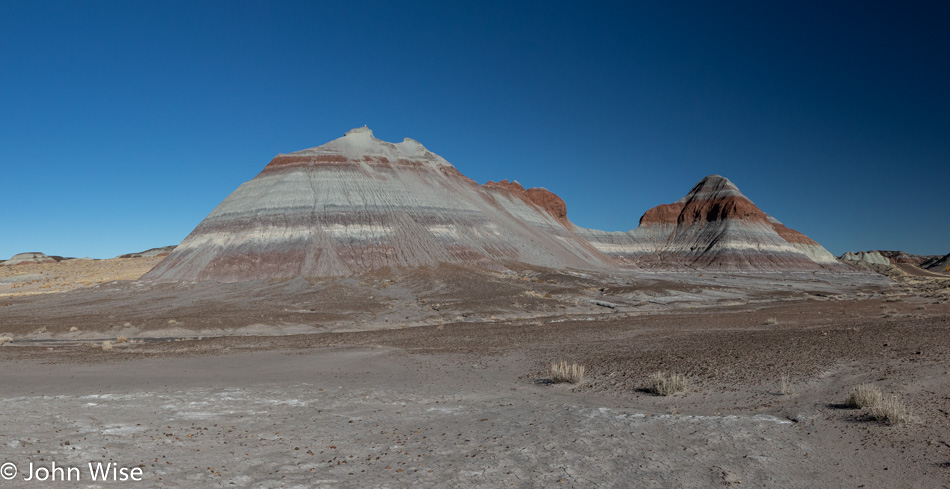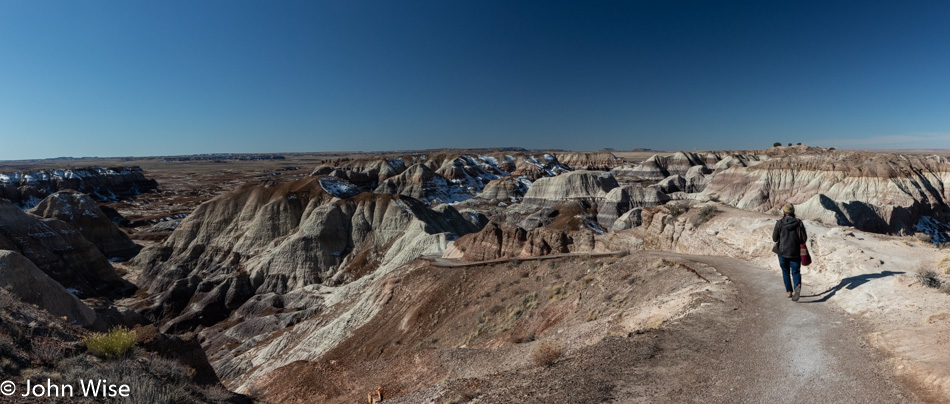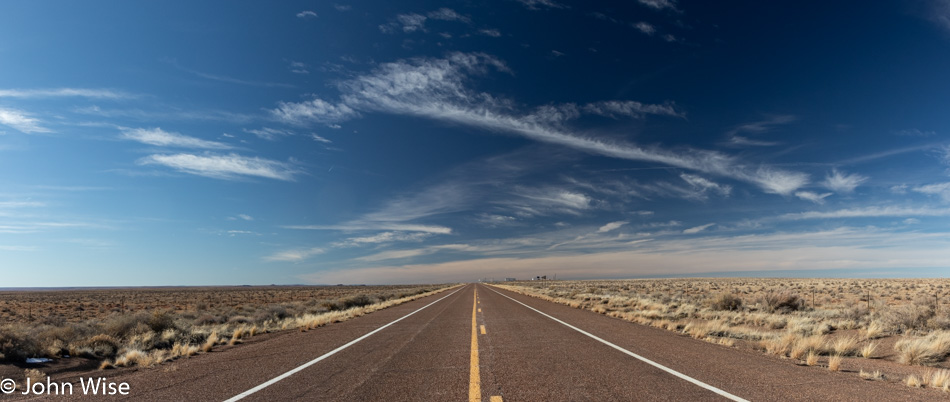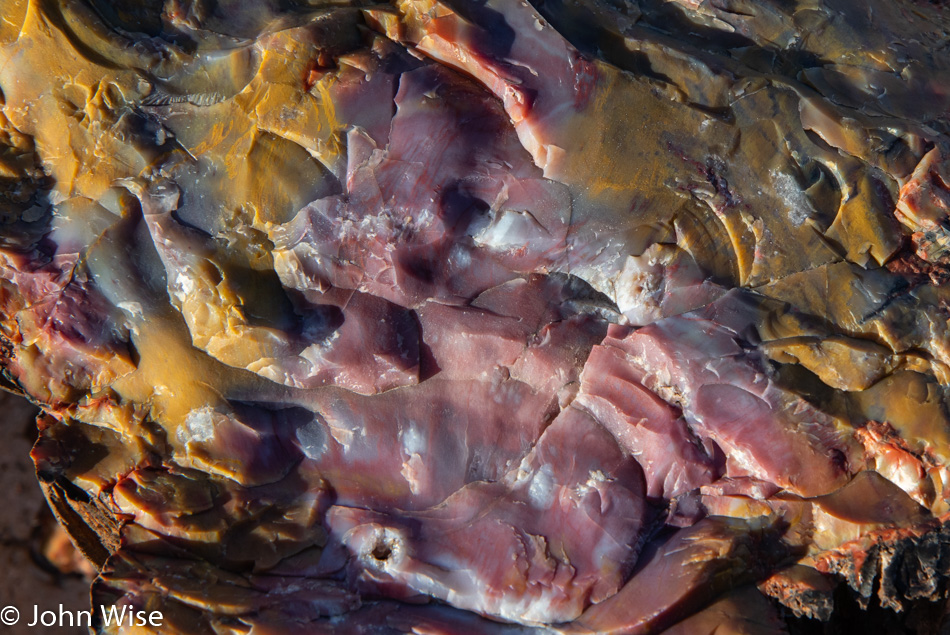
Spent some more time appreciating the La Posada Hotel here in Winslow, Arizona. While I’ve said it elsewhere here on my blog, I’ll share again why a property designed by Mary Jane Colter holds so much interest for me. Mary Jane was a firebrand of her time, being the architect of much of the style that would heavily influence the look of the southwestern United States national parks. That we share the same birthday, only 97 years apart, might also figure in this, but probably not, seriously not.
There were other visually striking hotels Out West that had been commissioned by the Santa Fe Railroad, featuring restaurants managed by the Fred Harvey Company, but sadly, some have been destroyed in the name of modernity. The El Navajo over in Gallup, New Mexico, is one such hotel that disappeared the same year La Posada closed. The La Castañeda over in Las Vegas, New Mexico, is another Colter design that found a new life thanks to the efforts of La Posada’s owners, Allan Affeldt and his wife, artist Tina Mion. By the way, Amtrak runs daily between the hotels in Winslow, Arizona, and Las Vegas, New Mexico, for as little as $56 each way.

While today is the official anniversary of our wedding at the Little White Chapel in Las Vegas, Nevada, it feels like it was late last night when it was most meaningful. Not that we really noted anything, toasted the evening, or even shared a little sweet after dinner in recognition of the date because every day is our celebration of having found each other.

Petrified Forest National Park was our first destination for the day, and during the drive over, we realized that it might be our last one in this area. Getting to the park and learning that the road to the southern end of the place was closed for bridge repairs at about the halfway point, we figured we’d do the first hike we wanted to take through the Blue Mesa area, and then we’d drive back to Holbrook, have lunch, and then circle down to the southern end of Petrified Forest National Park. Down there, we’d hike out to Agate House and head home from there.

Fragility and permanence exist simultaneously here in the harsh conditions of Petrified Forest National Park. The contrast of these elements is always around you here, but to the casual eye, maybe only the dryness of the desert and the nearly barren landscape can be seen. Consider this rain-and-wind-sculpted tower made of sandstone that at one time was just a bunch of rock underground. Over time, the surrounding earth was worn away, exposing these harder layers of rock, and while they are profoundly more durable than our soft organic selves, they, too, will crumble and fall.
As I looked up at the top rock balancing on a fractured column, the evidence of other rocks that used to be up there lay all around me. I suppose I should be happy and hopeful that things stay the way they are, but I know that it’s all temporary and that, at some point, that rock will come down here where I’m standing and that it may not be identifiable once it is smashed to bits as it topples from its perch.

These wood chips, well that’s what they looked like to me, are fragments of giant trees that towered over this barren landscape 225 million years ago. As the petrified logs emerge from the earth or maybe fall for a second time, some of them will shatter into tiny bits. Somewhere well into the future, after I’m long gone, they may erode to the point of becoming sand and be blown away by the wind to be part of the soil that will grow new trees.

I wonder about our return to this particular national park and how, on our first visit, we sprouted impressions into memories that would become fragments of our personalities. As those earlier images are toppled from their perch atop our experience and become tiny shards of our existence, we cycle back to reinforce our remembrances or bring on wholly new images for our memories to chew on. Before those have much time to fade, we return yet again and try to find the meaning behind what it is that’s drawing us back.

Maybe we are trying to become that which we are: human. A tree grows in place and falls where it grew. A mountain rises and is blown away in the wind, its shadow scattered in all directions. As the earth recycles that which arises upon its surface, the constituent elements are destined for new realities without any kind of certainty they may see the same form for millions, if not billions, of years. I can see in this photo the reflection of the tree that once was, as though someone split this log for a campfire and then walked away.

What does it take to become human, or are we simply born that way? For me, being human is an act of becoming. We must walk into our potential and discover how to see and what’s out there to be seen. We have to explore the unknown and not only the familiar. Even when we’ve walked the trail before, and although the view might look generally the same, it can never be identical to what it was. If we walk with awareness and learn something or other during the time between visits, we might see what’s in our mind with new eyes.

As above is not necessarily so from below but we should strive to explore both. What then? You must go within, go deeper, go further because the horizon open to our human senses is infinite, but within that infinity is a great unknown landscape. It is the unknown and the fear of it that will stop the majority of people from traversing the highs and lows of where they could possibly wander. Why even go out if you fear the encounter with that which may challenge your dogma?

In the crevices, folds, and cracks that are part of the space between are treasures waiting to be found. Artists such as Da Vinci and Dali and thinkers like Einstein and Deleuze explore where the average person is afraid to look. While they helped pave the way for all of us, allowing us to benefit from those things they brought illumination to, we must similarly do the same thing with our limited amount of time to explore life.

That means you must venture not only into your world but into your mind, emotions, and everything our senses offer our perspectives. There are crystals nobody has ever seen and never will. Just a millimeter behind the one at the surface might be the most perfect specimen, but we will not know it when we don’t put ourselves out there where it might be discovered.

Caroline and I are out here where few others have decided to visit today. We do not see anything of particular note that others haven’t also seen, but they cannot adequately convey the impact that was made on them and how it might have altered their perspectives, so we must witness things by ourselves. I, having now seen these things, cannot offer you any great insight into some intrinsic and profound discovery that will change my course in life, but I can tell you that I am not the same person I was before we traveled from the above to the below.

And then it was time to go further. If you look way out there, you might see tomorrow on its way.

Guides to backcountry routes are great for traveling to places that are known, but no matter how much we think we know about humans, there is no guide to help you find a deeper meaning aside from your maintaining vigilance to peel back the onion of yourself. Maybe you can see the bigger picture by looking at the title page, and you can have some idea of where the trail leads once you’ve studied what’s on the pages that follow, but you will not own anything of real meaning if you fail to put yourself in motion and verify how the patterns you find in your journey compare to the notes others have left you.

I wonder how Native Americans of the region understood this wood that wouldn’t burn? Did they try to cut into it in an effort to discover its wooden core? Normal wood weighs about 45 pounds per cubic foot, while petrified wood weighs between 150 and 200 pounds per cubic foot; how was it that these logs would require multiple people to move them? The best way to describe a mystery pre-enlightenment would be to ascribe the phenomenon to the gods and so I could imagine the wood found here belonged to one of the gods of the desert. Funny how modern humans might find it archaic that “primitive peoples” could have polytheistic beliefs devoid of any scientific understanding of the world around them, and yet those same people go right about their business holding monotheistic beliefs with a mere modicum of scientific understanding.

I rather consider that we look upon our world with the eyes of God. I don’t care which god anyone will do. So, if we are so lucky to have been gifted with the eyes of God to gaze upon its creation, how do we honor such a responsibility? Do we look upon violence with relative indifference? Do we witness poverty and ask why others are not dealing with it? Do we lament sharing our good fortune by paying more in tax so those who are less fortunate may also honor god by seeing the bounty and beauty of our world? My answer to that is a resounding: “We don’t do fuck all!” We glibly look upon the victims of war as enemies. We scoff at politicians who failed the rest of us by allowing homeless people the right to despoil our streets with their excrement. We reel in horror that someone else should be the recipient and beneficiary of any part of our wealth that we can hoard. And that, far too often, is the face of our religions. Just look at this fossil of a tree with a width that was nearly 5 feet across and stood in this arid landscape 225 million years ago. That tree could not grow in this climate today as it needs to be someplace, such as the coastal region of Oregon or the wetter parts of California. Would you invest the time and money to put yourself here at Petrified Forest National Park to show your god through your eyes that you care enough about its creation to be a personal witness to the incredible things that exist on this planet? Or will you choose to hide in your home with your cache of guns, shy away from the indigent, and trade more of your valuable time for money so you can afford your streaming media service and junk food delivery from someone starving with a dead-end gig job while you spew your xenophobic racism?

Uncomfortable with my horrible generalizations of painting vast swaths of our populations with the ugly brush? So am I, but it’s what I see and hear everywhere I go. After people started living loud outside as the phones moved from indoors to the restaurant dinner table, the barrier of what was appropriate to talk about in public collapsed. It was once considered rude to eavesdrop on people or listen in on private conversations, but I never requested that people up their volume and discuss the shit that I hear when I tune in the couple three tables over talking about an idiot boss, an idiot politician, or their idiot server. Would you fault me for observing that the rock in this photo looks like the bark of a tree? Of course not, because that’s exactly what it looks like. Just as James Whitcomb Riley once said, “When I see a bird that walks like a duck and swims like a duck and quacks like a duck, I call that bird a duck.”

The spectrum of hues, minerals, and history found in this fractured chunk of petrified wood holds more breadth of attributes I find curious than the majority of humans I see. I’ve encountered some amazing people in my life, from the rich and famous to the poor and fascinating, but the majority should honestly be held in disdain for collectively; they amount to being more worthless than throwing another teaspoon of water into the sea. The fossilized trees I walk amongst here in the park cannot deny evolution; they do not lament the burden of being too hot or too cold, and they cannot ignore the truth of their existence. I’m offered a symbiotic relationship with inanimate things that have a profound story, do not require embellishment to appear beautiful, are not too old or too fat; they hate nothing. Instead, they bask in the sun, waiting for the appreciative to come along and gaze upon their magnificent histories and incredible intricate natures and show their gods something amazing.

So, what should you do with my petrified thoughts? If you know me, you likely try to ignore this side of my self-righteous blathering as being the crap of another grumpy old man. But if you were an indigenous person walking with one or more gods and being witness to the incomprehensible beauty that somehow was all around you, you would have built a temple from the gift offered you and called it home. If you are reading this today, how are you taking your potential intellect and building a temple from your gift of cognition? On second thought, why did you ever read this nonsense?